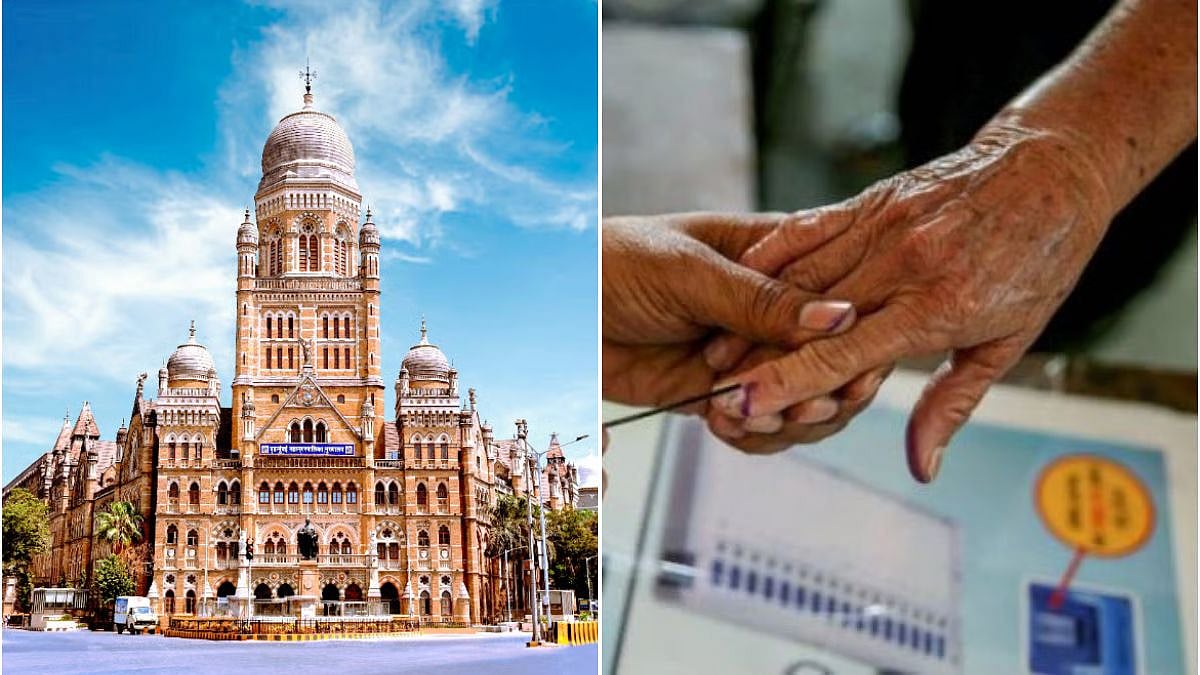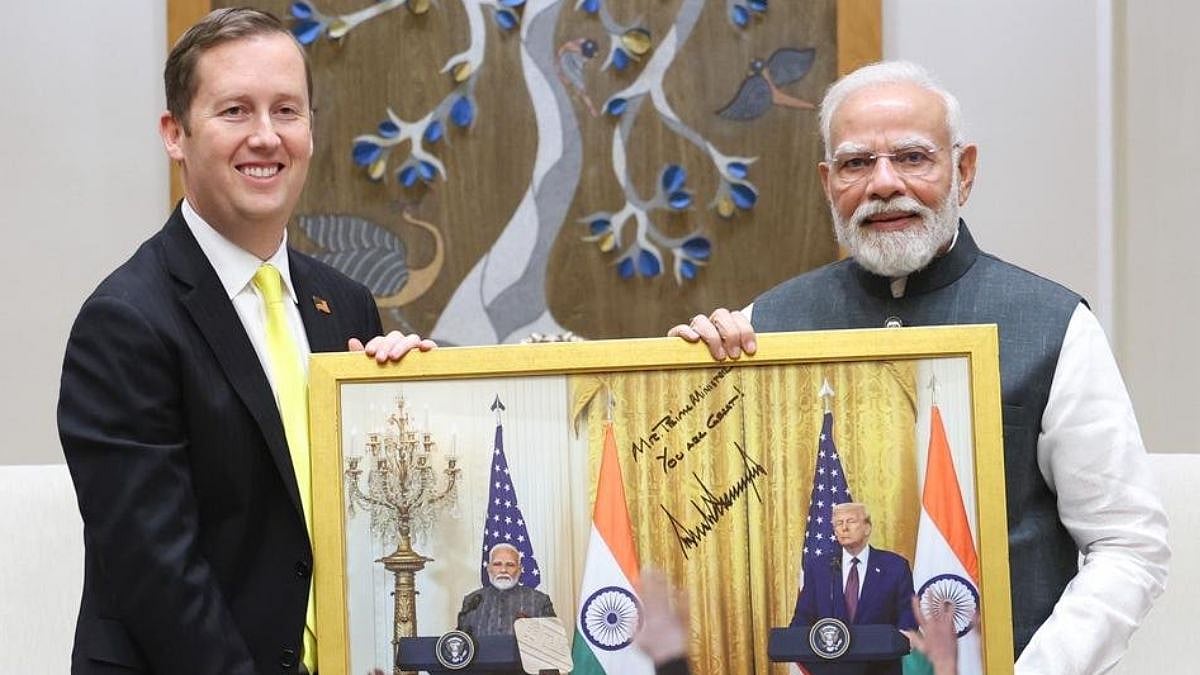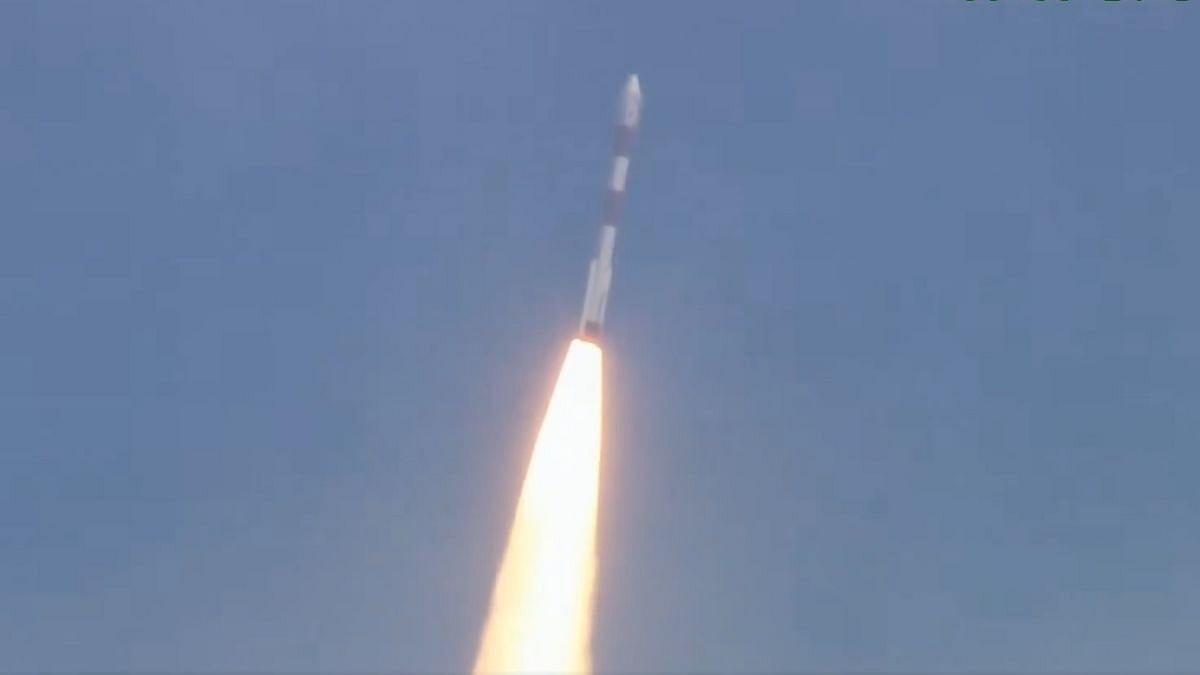Several questions remain about last week’s surprise agreement with China regarding the mutual disengagement in the Ladakh sector. In time, probably, we will learn how and why the limited and preliminary, as the government calls the pullback of rival troops from the Pangong Tso side, came about. But the criticism, voiced among others by Rahul Gandhi, that the government was better advised to insist on the Chinese withdrawal from the Finger 8 to Finger 4 area on the Line of Actual Control in eastern Ladakh, before settling for a draw-down of troops from other parts of the border is quite valid. It was here that early in April last year the Chinese had barred patrolling by India, claiming the area to be in their possession, a claim fiercely challenged by India.
The prolonged standoff, resulting from the surreptitious occupation of the Indian territory, led to full-scale mobilisation on both sides. The Galwan Valley clash, stemming from a local-level misunderstanding, caused the death of 20 Indian troops while the Chinese reportedly suffered twice as many fatalities. Yet, however welcome the scaling down of the rival armies amassed at the border, the fact that no agreement was reached on restoring the status quo ante as in early April last year is a matter of concern.
The spokespersons of the ruling party might remind the Gandhi scion about the loss of 40,000 square kilometres of Indian territory to China in 1962, but this does not still allay apprehensions about the status of about a 1,000 square kilometres occupied by China in April last year. The government has said that the talks with the Chinese are still in progress. Hopefully, the Finger 8 to Finger 4 area will be freed at the end of the talks. A decision to make it a sort of no-man’s land would be a setback for India.
It is notable that Defence Minister Rajnath Singh, in his statement in Parliament last week, did claim that India had not ceded any territory to China. This is reassuring. Further, the areas of conflict from which disengagement is still to be negotiated include the Galwan Valley and the Depsang and Gogra Hot Springs. Negotiations about these hotspots are likely to resume once the first-phase pullout is completed. Curiously, just when the process of partial pullback of troops was underway, Army Chief General M M Naravane was quoted in the media saying the Chinese were untrustworthy and perfidious. This realisation would explain the Indian military brass’s dictum about 'distrust and verify’ when dealing with the Chinese.
The ongoing disengagement is proceeding with the Indians matching the withdrawal of every Chinese armoured vehicle with one of their own. Had such watchfulness been exercised earlier, there would have been no occupation of the Indian territory last April. In keeping with their old salami-slicing tactics, the Chinese had crept in one night, having noticed that the Indians were irregular in patrolling the god-forsaken mountainous heights. But, after this, the determined manner in which India responded has served as a warning to Beijing that no longer it could flex its superior economic and military muscle and browbeat New Delhi. India was not for bending. Not now.









